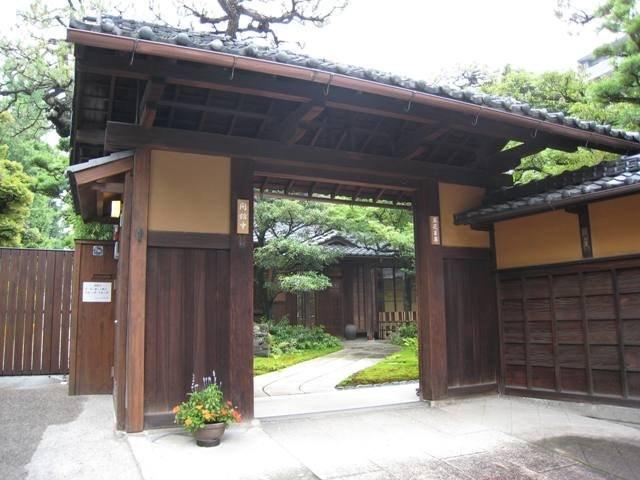
It was opened with renovation of the shōin, tea house, and dozo in the year of Taisho 9 (1920). The garden, which is an important cultural property of the country and is named after the "Hyakka Hyakuso-zukuri", which was once held by our house and donated to the Tokugawa Museum of Art, allows you to enjoy the flowers throughout the four seasons. Live piano performances are also performed in the multipurpose hall.
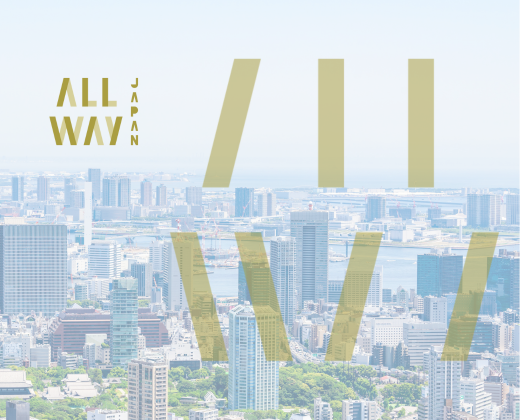
The famous castle in Jin. In the 20th year of Gyeongsang (1615), Tokugawa Ieyasu built the castle. It was the ruling base of the Owari Tokugawa family, about 620,000 koku, with its huge donjōkaku and Honmaru palace. The Tenjōkaku and Honmaru Goten were destroyed by fire in an air raid in 1945, and the Tenjōkaku and the main gate were rebuilt in 1959. The three corner tower and three gates (all of which are important cultural objects), and the stone wall, which escaped burning, have almost left their archetypes. The Honmaru Goten started the restoration work in 2009, and after a construction period of about 10 years, it was completed and opened to the public on June 8, 2018.
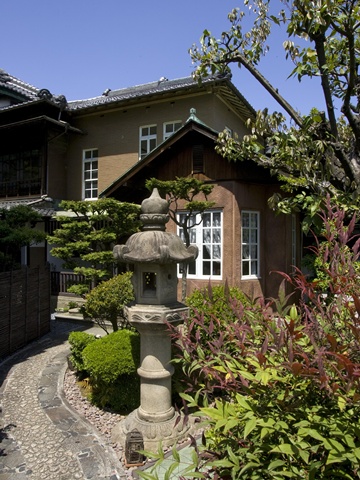
The private residence of Tetsujiro Haruta, who made a fortune in the ceramics export business, was opened to the public. Built in Taisho 13 (1924), it is said to be designed by Goichi Takeda, principal of Nagoya High School of Technology (now Meiko University). There is a French restaurant "Dubone" on the first floor of the western hall. General tours are not allowed on the operating floor.
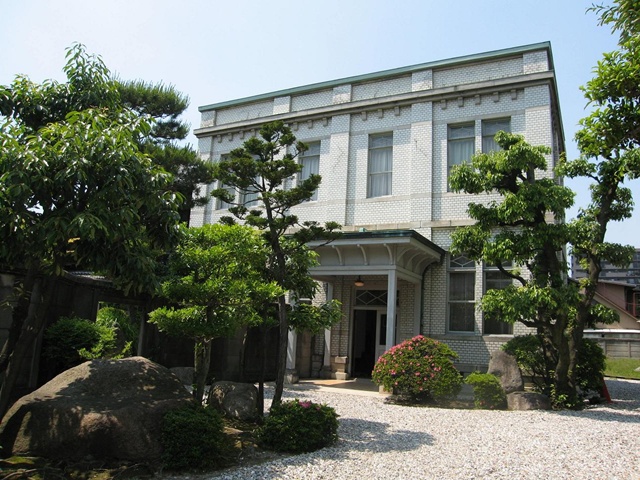
The mansion, which consisted of a white-tiled yōkan and a calm wakkan, was occupied by the younger brother of the inventor, Sakichi Toyoda, Sasuke Toyoda. You can't miss the details, such as the lotus bud-shaped lighting on the first floor and the ventilation opening with the letters "toyoda" designed with cranes and tortoises on the ceiling.
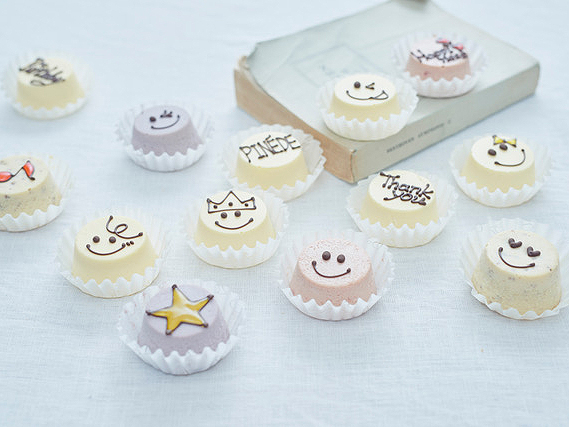
The bite-sized cheesecake, which allows you to order the desired message and illustration, is popular. Since it uses cream cheese without a habit, it can be recommended to people of a wide range of ages with peace of mind.

A long-established Japanese confectionery store that has been around 160 years in existence. The shop's signboard confection, Imo Uiro 540 yen, is a gem made by steaming it with the use of red Azuma from Kagoshima and natural brown sugar from Okinawa. Limited sale from mid-September to late March. In the store, you can also enjoy handmade sweet menus such as warabi rice cakes 900 yen and cream anmitsu 950 yen. Snacks such as tea pickled and rice balls for 950 yen are also available.
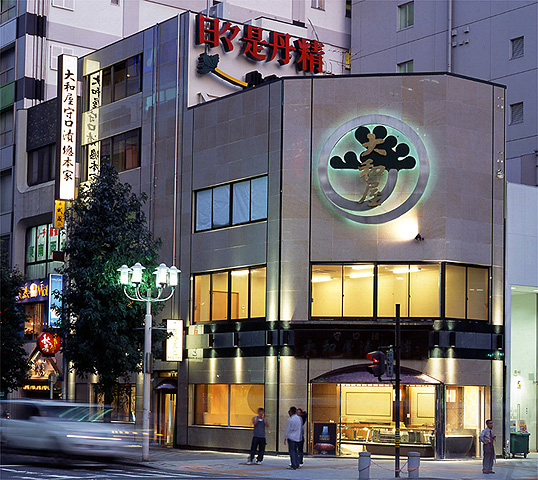
Moriguchi radish cultivated on sandy soil along the Kiso River and along the Nagara River; at Yamato-ya, its Moriguchi radish is made into a unique taste with artisanal techniques; and various pickles are also sold in addition to Moriguchi-ji and Naraku-ji.
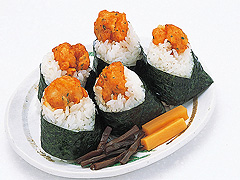
Tenmusu, a popular Nagoya souvenir. It's delicious rice and karari-fried prawn tempura wrapped in flavorful nori to finish it. It's inevitable.
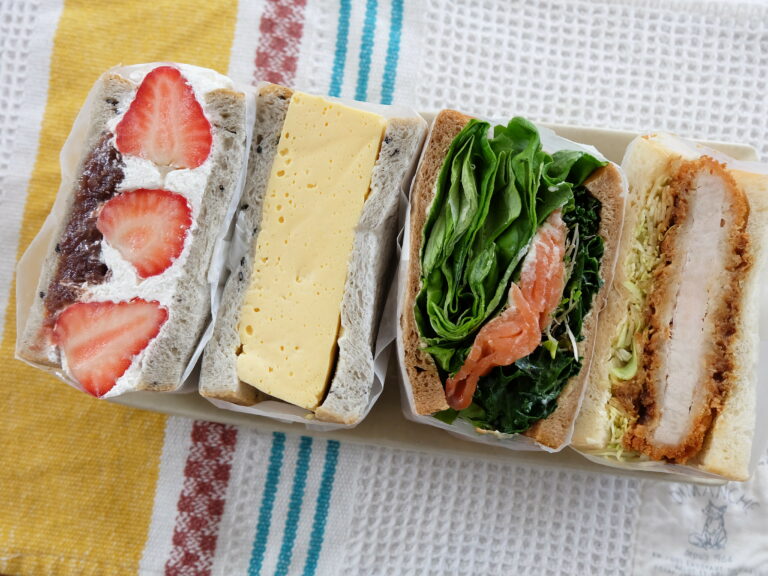
A sandwich shop with body-friendly materials. Sandwiches using the hot topic "low-sugar bread" and sandwiches full of vegetables and fruits are very popular with women, saying they want to eat them even every day. A dessert sandwich with a modest cream of sweetness and plenty of seasonal fruit is also well received.

You can experience making Turkish lamps using colorful tiles and beads. The materials are purchased from Turkey. In addition to the lamps, we also have workshops on coasters and candle holders & herbarium using the same tiles.










